Last updated on May 26th, 2025 at 04:33 pm
- A slipped intervertebral disc passes through four stages.
- Understanding these stages is essential for treatment and exercise.
- The treatment procedure and recovery time depend on the stage of the slipped disc.
- The precautions and exercises for C4-C5-C6 disc bulge sufferers and sciatica sufferers differ from one grade to another.
A slipped intervertebral disc passes through four stages. The grade depends upon the severity or extent of the disc hernia. It is important to learn the four stages of disc herniation because the treatment process and exercises depend on them.
This article will try to understand the different grades of slipped discs and their symptoms. You can also take the quick assessment to find your lumbar disc bulge stage.
What is a slip disc?
Treatment procedure and recovery time from slipped discs depend upon the stage of the slipped disc the sufferer is on. It also becomes essential for C4-C5-C6 disc bulge sufferers and or sciatica sufferers as the precautions and exercises differ from one grade to another.
An example and exercise meant for a less severe grade can be impossible for a severe grade. In the worst case, the condition can even worsen. To understand the stages of a slip disc, we must first understand what actually is disc hernia/slipped disc/ prolapsed disc.
Slipped disc is also known by other terms, such as prolapsed intervertebral disc (PIVD) and disc hernia. When a disc ruptures or herniates, it compresses the spinal nerve that passes by and causes pain, pulling, and tingling sensations along its route.
Commonly, the sciatic nerve is compressed if a disc hernia occurs in the lower back, resulting in sciatica. Although the cause of sciatica is not limited to a slipped disc, there are other causes that are beyond the scope of this article.
Coming back to the slip disc, the disc is a hydrostatic load-bearing material that is jelly-like soft inside, known as nucleus pulposus, and tough exterior, known as annulus fibrosus.
It lies between two vertebrae, which is why it is called an intervertebral disc. The disc makes our spine flexible and act as a shock absorber. Observe how smoothly we can flex, extend, and twist our spine.
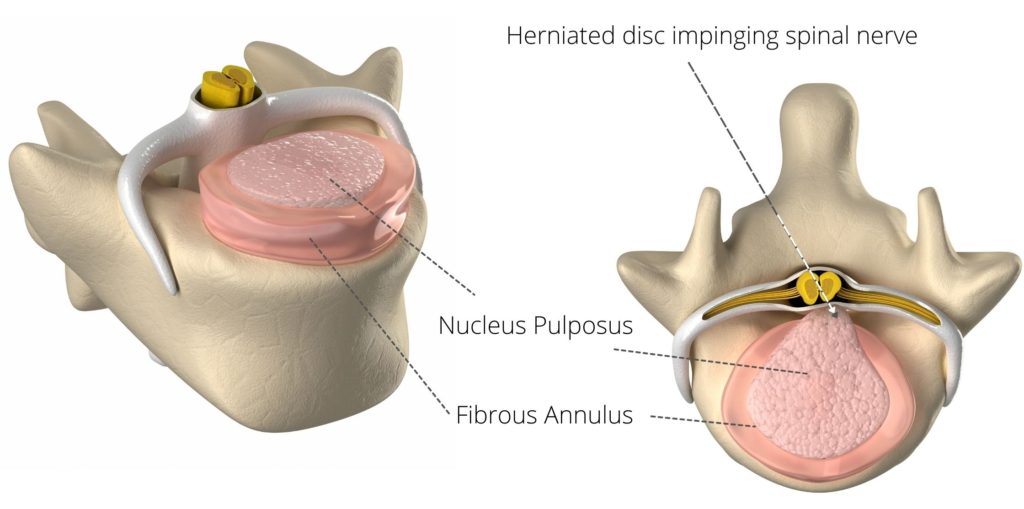
Distribution of load in the intervertebral disc
Now we know that a disc is a load-bearing material; in a healthy disc, the nucleus distributes the load equally throughout the annulus. Any damage/rupture to the disc causes the jelly-like nucleus to come out of the annular ring and compress the nerve that passes by.
In many ways, the term slip disc is a misnomer, as there is no actual slipping of the disc. The extent of herniation of the disc can be low or high depending on the causative impact. We can study this under 4 stages of disc herniation.
4 Stages of disc herniation
We can classify disc hernia into four types according to the degree of hernia. With each classification, the severity of pain and disability also increases. The treatment pattern also changes with different classifications.
The four classifications of disc hernia are:
- Bulging disc.
- Disc Protrusion.
- Extrusion.
- Disc sequestration.
Let us try to understand the grades with this diagram.
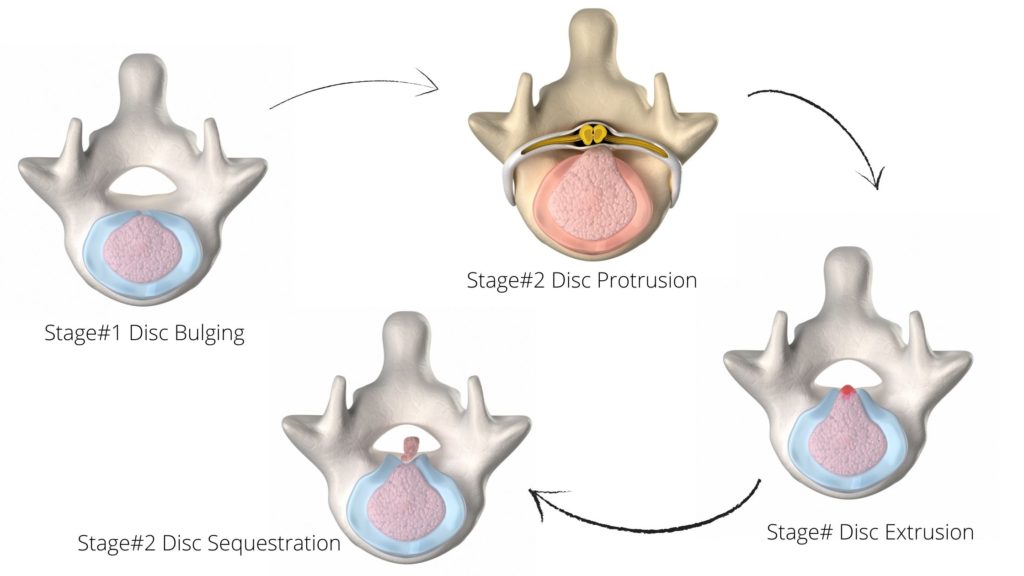
Satge#1 Bulging disc
The first stage among the 4 stages of disc herniation is called bulging disc. Now, we will recollect the intervertebral disc structure we discussed above. It has a central soft jelly-like nucleus surrounded by a tough fibrous exterior.
In the first stage, the nucleus pulposus bulges out slightly and mildly pushes the fibrous annulus, as shown in the figure above.
But the point to note here is that the outer covering is still intact; there’s no crack or tear. So, it mildly compresses any nerve that passes through here.
If we have a disc bulge problem in our low back then it will press the lumbar nerves if it is in our cervical then it will press the cervical nerve.
Symptoms of the first stage of PIVD
So, the first stage is not a very severe condition.
- The sufferer usually doesn’t experience much pain. You will only experience pain when you walk or sit for long periods.
- It will be a tingling-like sensation along your legs with mild back pain.
- You will feel very uncomfortable while running or walking. But this will not hamper your daily work; you will not be bedridden.
- However, walking and running produce pain and a pulling sensation in the back of the thigh and leg. Unlike other body postures, walking and jogging exert more pressure on herniated discs, thereby on the nerve.
Satge#2 Disc protrusion
The second stage is disc protrusion; the disc bulges further and forces the outer layer to come out slightly from its circumference.
As you can see in the figure above, the outer fibrous annulus is still intact, but the nucleus pulposus pushes it further to bulge out of its circumference.
This causes even more pressure on the exiting nerve and is slightly more painful than the first stage.
Symptoms of the second stage of disk herniation
- In the second stage of this condition, you will experience pain when transitioning from a lying position to a seated one.
- Additionally, you will feel pain even while sitting.
- When driving a scooter or a car, you may lean to one side to find comfort.
- Walking may become difficult, significantly impacting your daily routine.
- Sufferers may also experience pain while attempting to sleep, frequently changing their sleeping position to alleviate discomfort.
So, the first and second stages can easily be managed by exercise.
I have already shared the exercises; if you have this type of complaint in the lumbar area, go through this article “5 Best L4 L5 Disc Herniation Exercises to Avoid Surgery.” Refer to this article if you complain of a tingling sensation on your arm, forearm, and finger.
Stage#3 Disc extrusion
So, our next stage is called disc extrusion. Extrusion means to come out. Now, observe the above figure again. Until now, the gel was inside the outer covering; OK, it was inside the fibrous annulus.
But in disk extrusion, it cracks the outer layer, and the nucleus pulposus comes out. So, this is a slightly severe condition. Whatever nerves are passing through here compresses, and you feel very sharp pain.
Third disc prolapse stages symptoms
It is the most severe form of slipped disc. As you can see in the figure, the disc has a marked herniation, which compresses the nerve severely.
- The nerve compression produces unbearable pain in the lower back and leg.
- When a person becomes bedridden, even the slightest movement of the leg or trunk triggers unbearable pain and a pulling sensation on the affected side leg.
- At this stage, reversing the hernia through the conservative method of posture correction and exercises becomes nearly impossible.
In this condition, due to bed rest, chances are that the inflammation and swelling inside will gradually reduce. In this way, from stage 3, it may improve to stage 2, and then you may recover progressively completely.
But this is a very critical condition. At this stage, extreme care is needed. You should wear a lumbar belt to protect your waist and discs.
This is a stage in which you may also need surgery; by taking a few precautions, you can recover through exercise. So, in this condition, what exercises do you have to do and what precautions have to be taken?
Precaution is more critical than exercise here. I have already published a few articles on it; you may refer to them.
- Safe Way of Getting out of bed with back pain sciatica
- 3 Best sleeping position for sciatica for quick relief
- Back pain belt: How to use, select fit size for yourself
Stage#4 Disc Sequestration
This is the most severe condition in which you may have to have surgery, and many times, a good surgery also gives an excellent recovery. But exercise will not help you in this stage. So, what happens in disk sequestration?
In the third stage, the nucleus pulposus emerges, but in the 4th stage, it detaches from it. The part bulging out gets detached and can create many problems by dislodging into the spine canal by severely compressing the nerve that passes by.
Symptoms
At a very critical stage, along with being bedridden, there is also a chance of developing paralysis. So, in this stage, your surgeon, your neurosurgeon, and your orthopaedic surgeon must have suggested that it is necessary to undergo surgery at this stage.
So take your decision accordingly.
Final word
Recognizing the 4 stages of disc herniation is very important as the treatment method depends upon it. It helps to answer whether going for conservative treatment or surgery is the only option.
By and large, we can judge the stage of a disc hernia by the signs and symptoms, but an MRI investigation is recommended to confirm it.
The first two stages can be managed conservatively with exercises and physiotherapy. The third stage, disc extrusion, can also be managed conservatively if proper steps are taken.
I have authored a book on sciatica, “Sciatica Relieved: Home Exercises and Tips That Actually Work” which provides all the step-by-step methods to eliminate sciatica pain. I strongly recommend you to get the book and read it for pain-free sciatica.
Keep Reading: 5 Best L4 L5 Disc Herniation Exercises to Avoid Surgery
FAQ on Slipped Intervertebral Discs
The author is a physiotherapist who has been practising for the last 17 years. He holds a Bachelor's in Physiotherapy (BPT) from SVNIRTAR (Swami Vivekananda National Institute of Rehabilitation and Research), one of the prestigious physiotherapy schools in India.
Whatever he learns dealing with his patient, he shares it with the world through blogs and e-books. He also owns a YouTube channel, "Sunit Physiotherapist" with over 8 lakh active subscribers. Here, he shares everything he gets to learn serving the patient.

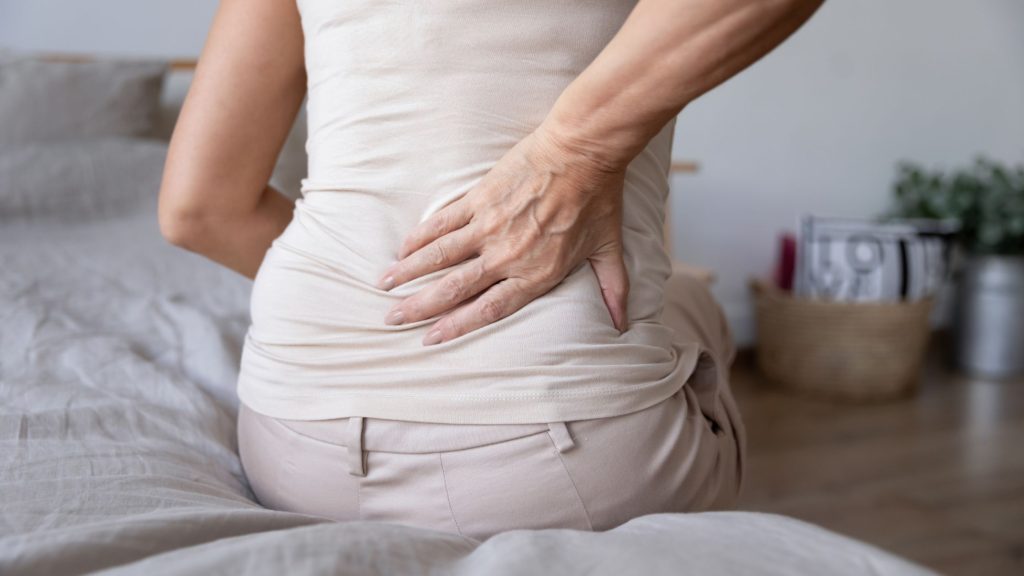

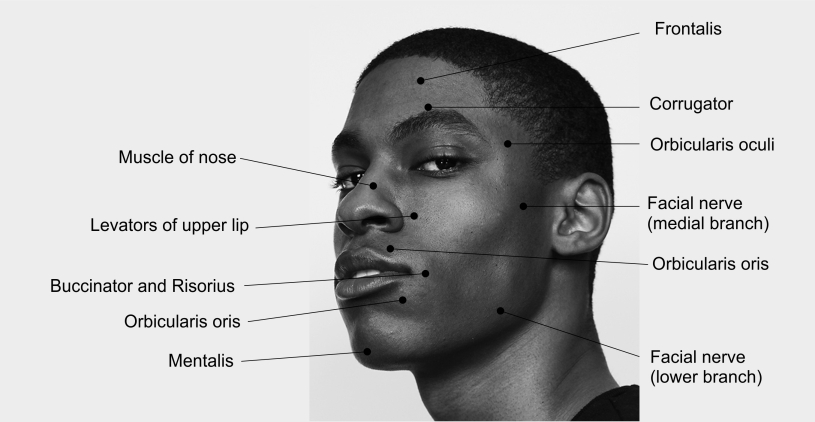
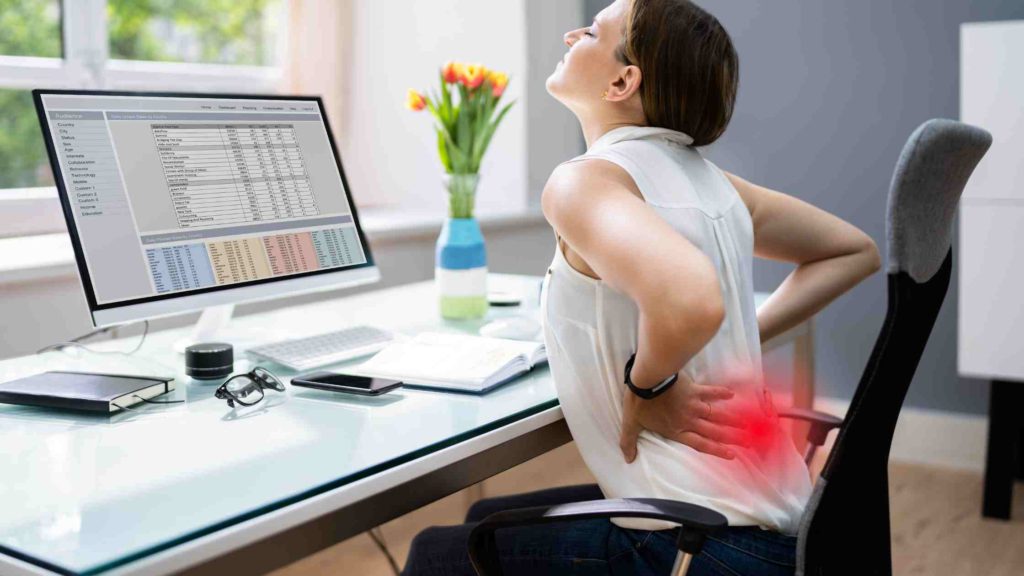

Thank you! This is the first out of 10 sites I just visited to explain stages at a level a lay person like me can understand.
Pingback: 4 Best Sleep Position for Low Back Pain Relief - Physiosunit
Pingback: Cause of sudden sharp pain in lower back when bending over & it's treatment - Physiosunit
Pingback: What is Lumbar Traction in Physiotherapy - Physiosunit
Pingback: 6 Best Diffuse Disc Bulge at l4-l5-S1 Exercises for Quick Relief : Physiosunit
Pingback: L4 L5 डिस्क हर्नेशन के 5 असरदार एक्सर्साइज़ सर्जरी से बचने के लिए : Physiosunit
Pingback: 5 Best L4 L5 Disc Herniation Exercises to Avoid Surgery : Physiosunit
Pingback: Cause of Sudden sharp pain in lower back when bending over : Physiosunit
Pingback: Cervical radiculopathy exercises, it's causes & treatment : Physiosunit
Good one! Interesting article over here. It’s pretty worth enough for me.
I really like and appreciate your blog post.
Thanks so much for the blog post.
Like!! I blog quite often and I genuinely thank you for your information. The article has truly peaked my interest.
Glad that you liked it
Nice explain on 4 stages of disc herniation. I am personal gained so much knowledge.
Cheers